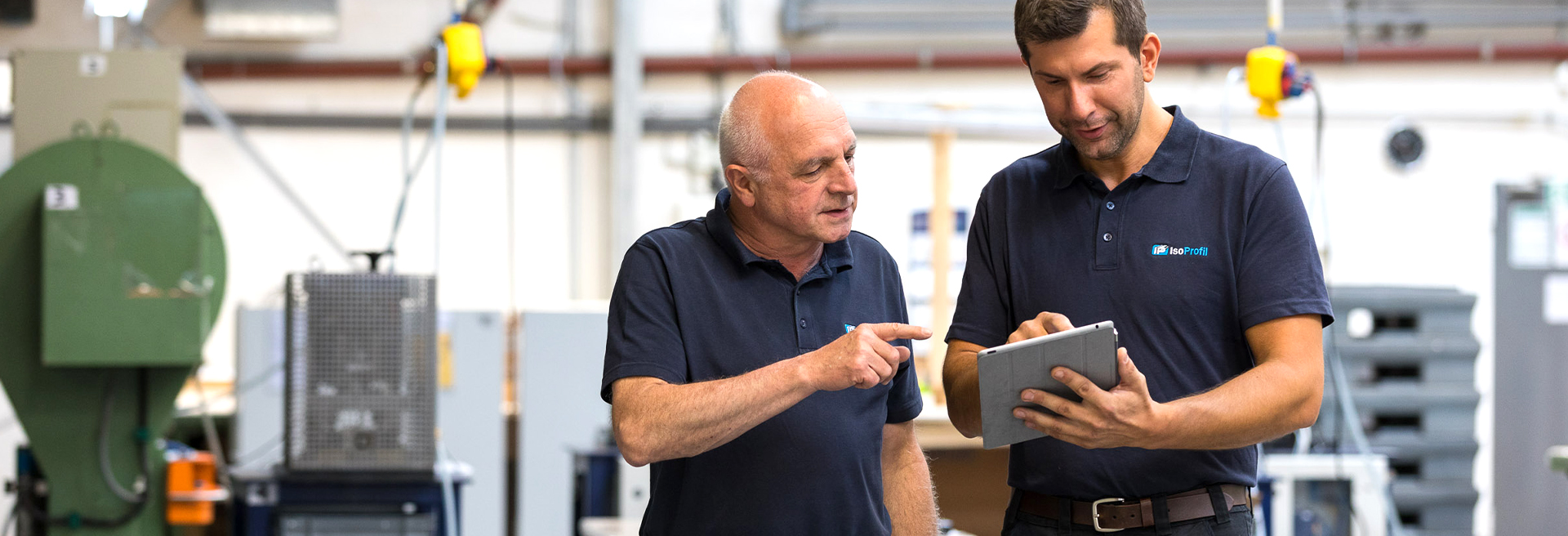
lsoProfile refines Aluminium profiles by means of electrochemical processes such as anodising. In this process aluminium is converted into aluminium oxide by anodic oxidation. The oxide layer generated increases the corrosion resistance and also provides greater wear resistance. However, an anodised aluminium profile does not only fulfil specific functions: anodised surfaces also offer a lot of scope in terms of design – especially when it comes to colour.
A distinction is also made in electroplating between decorative and functional applications. Functional electroplating is also concerned with corrosion and protection from wear and tear – however, in this process an additional layer is deposited on the workpiece.
Anodising, on the other hand, converts the top metal layer into an oxide or hydroxide layer. In order to produce an anodised aluminium profile, for example, it is always necessary to pre-treat the surfaces. After degreasing and pickling, an even and porous layer is formed with the originally existing natural oxide layer removed. This is followed, if necessary, by the application of dyes and compacting the surface, which results in the higher resistance.
As an experienced supplier of aluminium profiles with higher requirements, IsoProfil also offers other processing options, including powder coating, veneers and gilding.